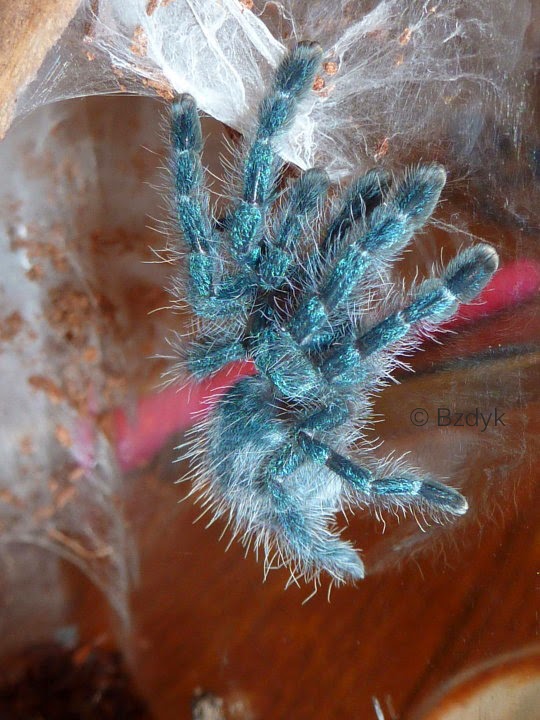
sen·ti·men·tal
ˌsen(t)əˈmen(t)l/
adjective
of or prompted by feelings of tenderness, sadness, or nostalgia.
I always saved the bugs. Any insect or spider found indoors was captured carefully with a cup and paper and carried outside to safety. It was my designated job. Boys in elementary school would tease me by killing spiders in front of me, making me cry. I tried to develop a thick skin but my sensitive side always got the best of me. In high school we made insect collections in biology class. I did my best to use already-dead specimens I found, re-hydrating them to pin and turn in. I still got excellent marks on the project.

In college, I struggled with an assignment that required us to count aquatic insects and then pop them into vials of alcohol. In my childhood I collected aquatic invertebrates as part of a stream monitoring program, but I always endeavored to set these critters free after we identified and cataloged them. It made me sad to condemn these little animals, I wanted to put them back in the water and I argued with my professor about the value of insect life. But he told me I had to draw the line somewhere. In the end I did, but I still felt torn.
And then came graduate school, where I really had to face my role as insect killer. I'll never forget my first trip collecting bees with seasoned experts, asking questions about the cyanide used in the kill jars, and how long it took the bees to die, and of course pondering the question of whether or not insects feel pain (most entomologists agree that they do not). After catching the first bee I killed myself, I sat on a bench staring at its lifeless body in the jar and cried.
In entomolgy, collection is incredibly important, especially in taxonomy and systematics which were my focus. My lab was the Bohart Museum, which houses a large insect collection. Scientists have always had to kill to collect and catalog animals. It allows us to keep a voucher for each species, a physical example. When combined with collection data such as location and date, it also provides a record of where and when animals lived, giving us a picture of a place, a history of ecosystems and biogeography. As more land is developed, collections provide some of the only solid historical and scientific information about a place. Not to mention how much easier it is to identify and double check IDs if you have the animal in hand. Collections are incredibly valuable. As an entomologist, I finally had to accept that though I usually felt bad about it, I would have to kill insects for the good of science.
I still got into trouble due to my soft spot for insects. On one survey trip I told my advisor I had seen several specimens of a white weevil and only taken two. She was irritated and informed me that I should have taken them all, because they could have been different cryptic species. She was right, but then I felt I should have spared whatever ones I could. What if they were the last ones? How would they reproduce and live on? I continued to collect and kill insects, but I often took my camera and tried to let them live when I could.
I do often prefer the sometimes trickier task of photographing insects. It's all about opportunity . Unless you capture and incapacitate the insects, you have to photograph them on their terms, while they are resting or too busy to flee. I have always enjoyed insect photography, and looked up to other insect photographers, such as UC Davis alum
Alex Wild and Kathy Garvey. Alex gave a seminar on insect photography while I was still at UC Davis. I use lots of the information I learned there but I'm always learning. Kathy takes amazing insect photos and has a
wonderful blog. I even found my way into a few articles :)
These days, I rarely collect insects, though that has less to do with conscience and more to do with lack of time. Collection requires a good deal of equipment (most of it's not very baby friendly). So until my kids can join me with little nets of their own, I'll stick with the much more portable camera.
Many people view insects almost as tiny robots, pieces of the environment that don't really matter unless they directly interact with them. But they actually have a huge role in our lives, and are incredibly important to the planet. Killing them is often for our own good, whether killing the pests that eat our food, or the parasites that drink our blood and spread disease, or simply collecting specimens for scientific study.
In my view, insects are tiny
living animals, and their lives deserve a certain amount of consideration, too. And that's why I'm a sentimental entomologist.


















































